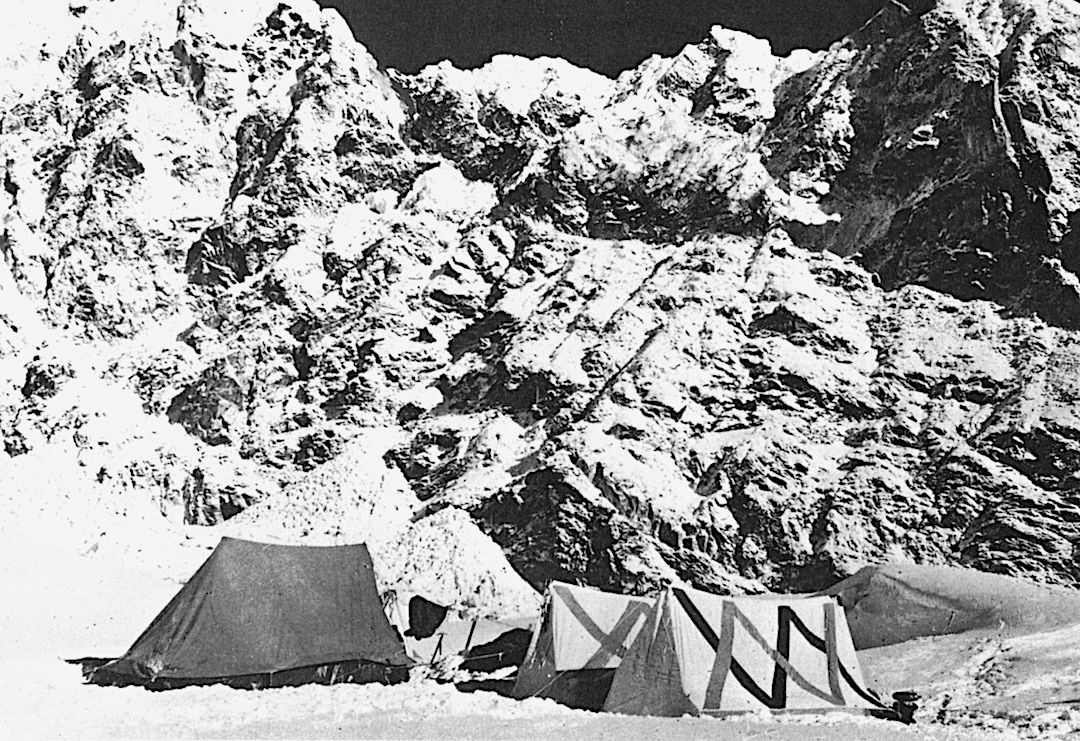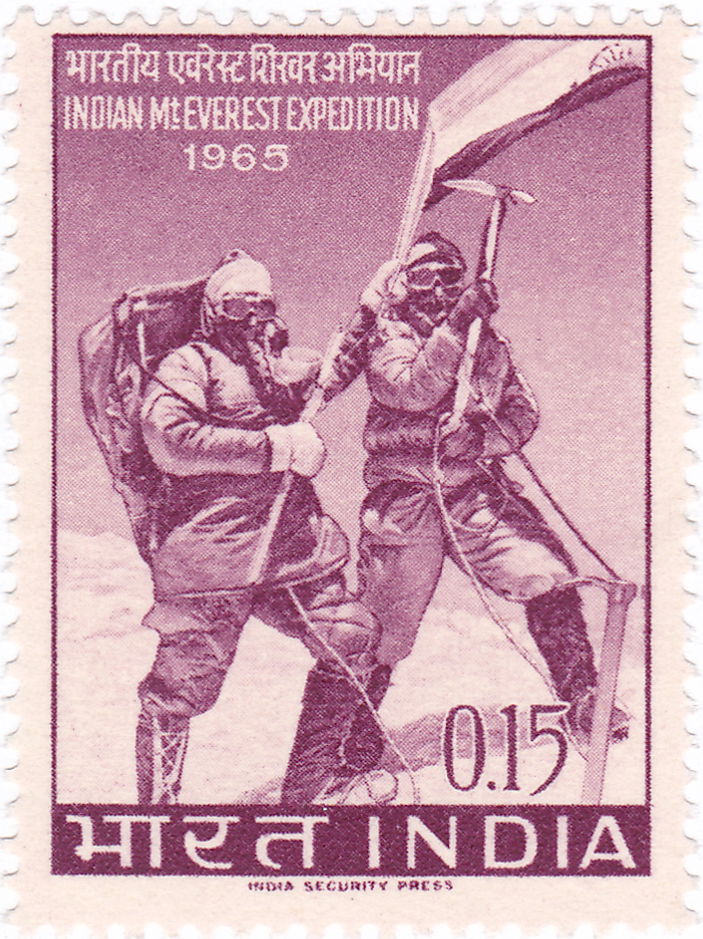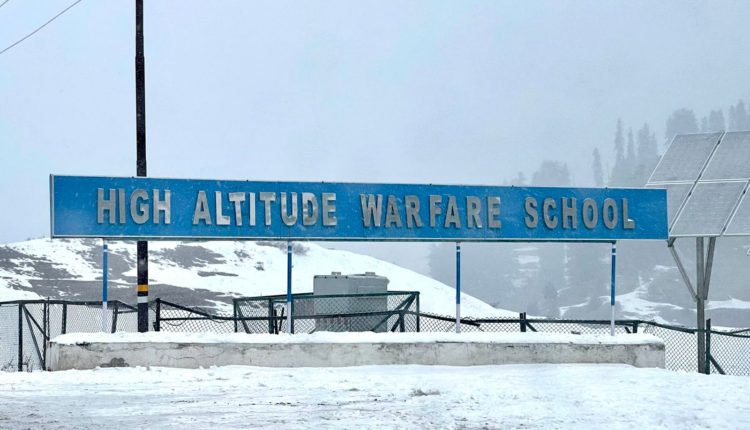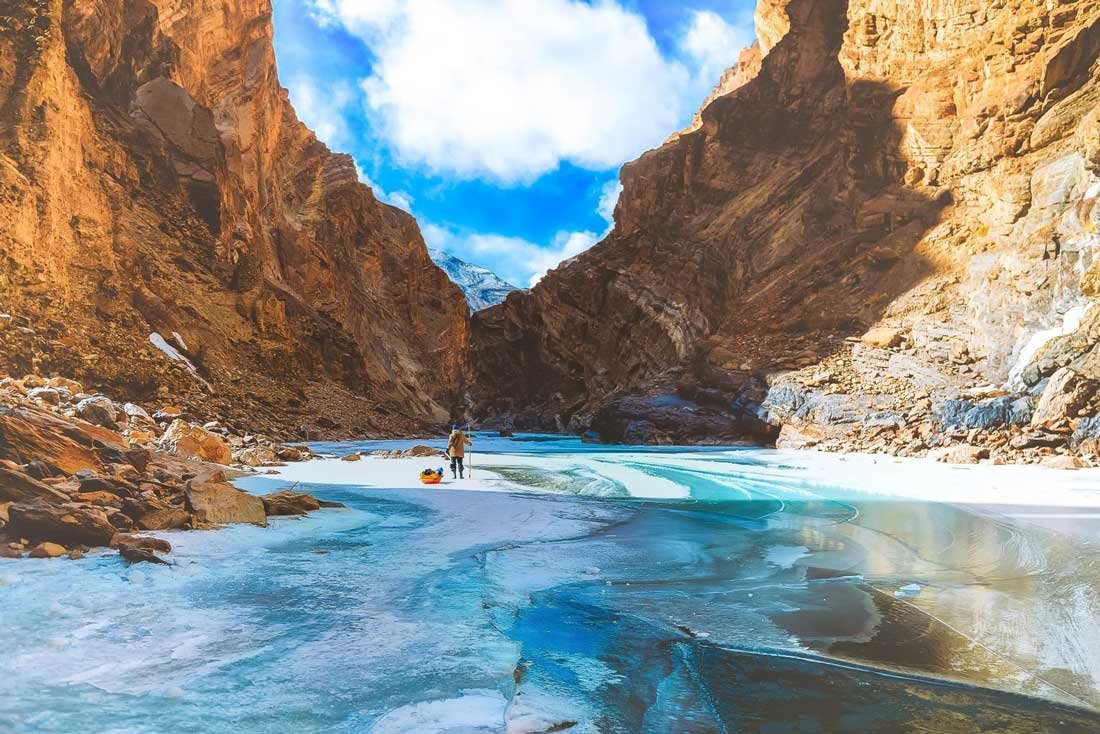In this first part of a four-part blog post series, we will explore the deep-rooted connection between the Indian Army and mountaineering, examining its origins, historical significance, early expeditions, and its role in the training and selection processes.
Subscribe to Trek Library and get premium content, free.
History has had notable Indian explorers who assisted Britishers in mapping high altitude mountains, lakes and unexplored regions. For this deep-dive, however we will stick to explorations post Independence.
Seven years after India’s Independence, Prime Minister Jawaharlal Nehru & Bengal’s CM, Dr. BC Roy wanted to commemorate Tenzing Norgay reaching Mount Everest (1953). They started Himalayan Mountaineering Institute in his hometown, Darjeeling.
Introduction to mountaineering as a vital skill in the Army
Mountaineering, with its inherent challenges and demands for physical and mental fortitude, has long been intertwined with the Indian Army. The rugged terrain of the Himalayas, which spans a significant portion of the northern borders of India, has not only posed strategic challenges but has also offered a unique training ground for the Indian Army.
Early expeditions and explorations by the Indian Army in the Himalayas
The Indian Army's foray into mountaineering began with several pioneering expeditions and explorations in the early 1900s. These expeditions not only aimed to conquer the unconquered peaks but also served as valuable training grounds for soldiers.
The Army Mountaineering Association (AMA) started in early 1950’s. Barely 4 years after it’s origination, an Indian team successfully climbed Cho Oyo in Nepal, world’s 6th highest peak.
Nanda Devi (1964): After two unsuccessful attempts, Colonel Narendra Kumar, 'Bull' as he was famously called, led the Indian team to reach the highest peak that is completely in India.

Kanchenjunga (1977): In Spring of 1977 an expedition was planned and led by ace mountaineer Colonel Narendra Kumar along with then Major Prem Chand and Naik ND Sherpa. The successful expedition attracted limelight globally.
On May 31 Major Prem Chand and Naik Nima Dorje Sherpa left Camp VII at six A.M., first crossed a long snowfield which comes down from the face of the west ridge and then took to the rocks of the north ridge. It was a very long climb and they did not reach the summit until 2:54 P.M. They actually stayed six feet below the true summit in order not to offend Sikkimese religious feelings.
Colonel Narinder Kumar

Trans Himalayan Expedition (1981-82): This famous expedition started from Kepang La in Arunachal on 15th Jan 1981 and ended in Karakoram Pass, Ladakh on May 15th, 1982. This expedition was led by Major HC Kohli.
The concept of Base Camp Management that is so important to Himalayan expeditions today arose in the 70’s from the Indian Army.
It was the successful climb of Kanchenjunga that had a profound effect to promote adventure in the country. India had tasted victory at the highest mountain within the country and wanted to reach the top of the world. Army Adventure Foundation (AAF) was established in 1981 with an initial corpus of 40 lakh INR to fund the Everest Expedition.
Subscribe to Trek Library and get premium content, free.
Mount Everest Expedition (1985): After two unsuccessful missions, the third was led by Captain MS Kohli and the deputy lead was Colonel Narendra Kumar, fondly known as the “Bull”. 21 core team members and around 50 sherpas made up the team. The expedition was successful in placing 9 team members in four attempts on top of the world. India held this world record for the next 17 years.

Role of mountaineering in training & selection processes of the Indian Army
Mountaineering plays a crucial role in the training and selection processes of the Indian Army. The challenging nature of mountaineering requires individuals to develop physical endurance, mental resilience, teamwork, and leadership skills - qualities that are highly valued in the military.
The Indian Army has established specialized mountaineering institutes, such as the High Altitude Warfare School (HAWS) in Gulmarg, Jammu and Kashmir, to impart comprehensive training in mountaineering skills. These institutes offer courses that cover various aspects of mountaineering, including rock climbing, ice climbing, glacier travel, and high-altitude survival techniques. The training programs are designed to enhance the soldiers abilities to operate effectively in extreme mountainous conditions.

Mountaineering is an integral part of the selection process for elite units within the Indian Army, such as the Para Special Forces. Prospective candidates undergo rigorous training that includes mountain warfare exercises and high-altitude acclimatization to test their physical and mental capabilities.
Next, we dive into one of Indian Army’s elite regiment '11 Gurkha Rifles' and see why they are known as the 'Bravest of The Brave".
Subscribe to Trek Library and get premium content, free.
Resources:
http://publications.americanalpineclub.org/articles/12197844700/Kanchenjunga-from-the-East
https://en.wikipedia.org/wiki/Nanda_Devi
http://www.alpinist.com/doc/web18c/wfeature-suman-dubey-interview-1961-nanda-devi-expedition


